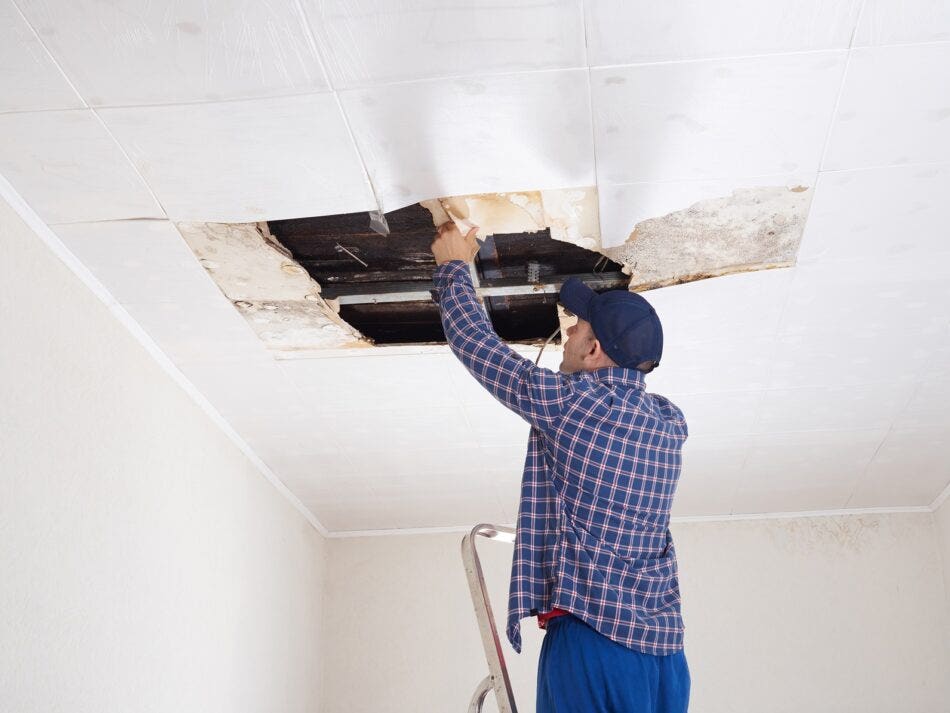A leak in the basement can come in many forms – from a crack in the foundation plumbing windows or doors or even ceiling. But when it comes to leaks and wet basements, not all damage is necessarily covered by your home insurance. Your first question is probably to ask what is covered by insurance and what you’ll be expected to pay out-of-pocket. The answer will vary depending on your specific policy as well as the scenario surrounding the leak in the basement. Here are some tips to deal with such a situation.
1. What’s the history?
If your home has a history of water seeping in and you’ve never had the issue repaired you may be in trouble. Leaks continue to damage your home even if you can’t see the evidence of that damage directly. Once water finds a path into your home it will come in again and again.
If your home has previous evidence of leaks or has leaks that have gone unaddressed your home insurance likely won’t cover the damage. You will be responsible for covering the costs of clean up and repair.
2. Preventative maintenance is key.
Damage due to a lack of maintenance is not usually covered by your home insurance policy. You’re expected to maintain your home as part of your insurance agreement. For example, if you’ve got a crack in your foundation and two inches of water seepage accumulates in your basement you’re likely on your own to pay for clean up and repair. A foundation crack is considered a maintenance issue and won’t be covered by most policies.
To prevent having to pay a large repair bill regularly inspect basement walls for cracks and each year double-check that the caulking around windows and doors is in good shape. (If the caulking is cracking or peeling in places it’s time to remove the old and apply new caulking.)
Also, make sure your home’s gutters and downspouts are clear and working properly so water can move away from your home. Foundation seepage and leakage into your home usually occur when the water has a chance to sit or build up. To prevent this make sure you complete your annual maintenance on your home’s exterior.
Some insurance companies also offer programs that will help you with repairs such as Aviva’s Home Repair Assure. Check with your broker or insurer to see if this kind of program is available.
3. With slow leaks check the source and your policy.
But what if the leak in the basement is due to a slowly leaking appliance? For example, some homeowners are totally unaware of a leak until evidence such as mould rot and a bulging ceiling starts to show in the basement. At that point, they may call in a repair specialist only to find out their dishwasher has been leaking into the floor joists for half a decade causing rot and severe damage. Some insurance companies will deny the claim because it was a slow ongoing leak. Other insurance companies may cover the claim because your policy covers these types of claims if the damage was hidden in walls beneath floors or above the ceiling. To determine whether you have coverage check your policy’s seepage exclusion or talk to your broker for some guidance.
At this point whether your insurance provider covers the claim or not you will need to repair and fix the water seepage issue. Neglect to do this and you’ll find your basement submerged yet again. Talk with a waterproofing professional to decide the best way to repair your problem. Remember just patching a crack in the wall doesn’t fix the water seepage problem.

